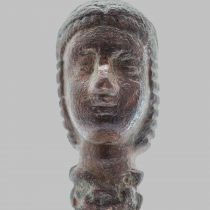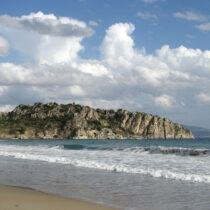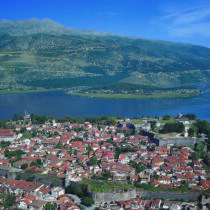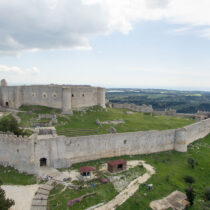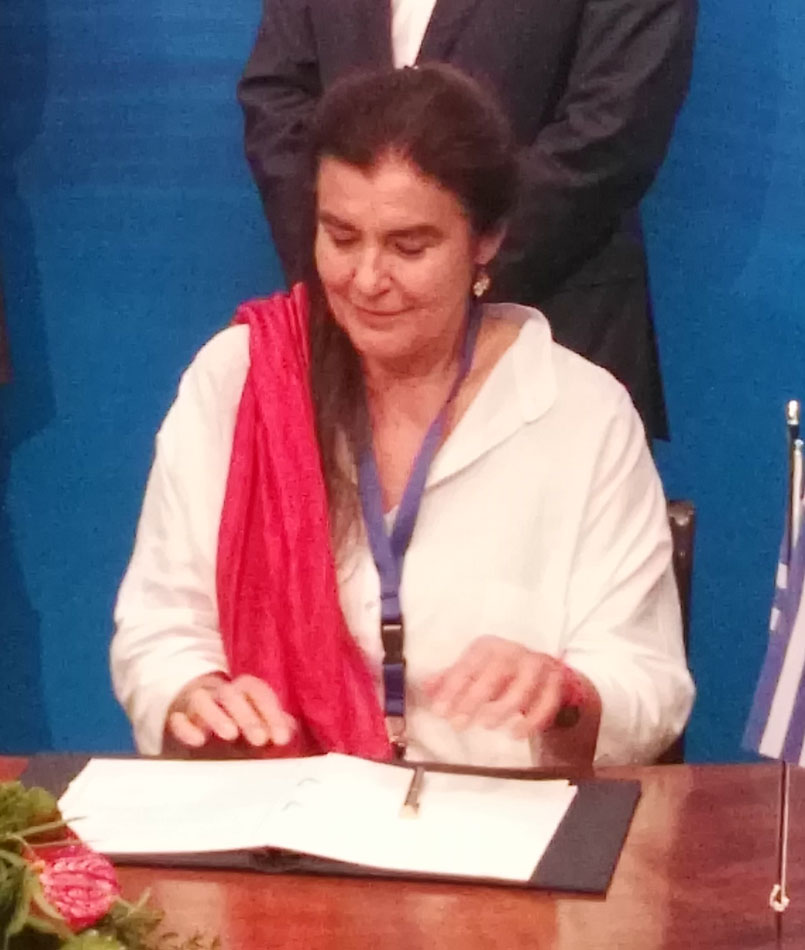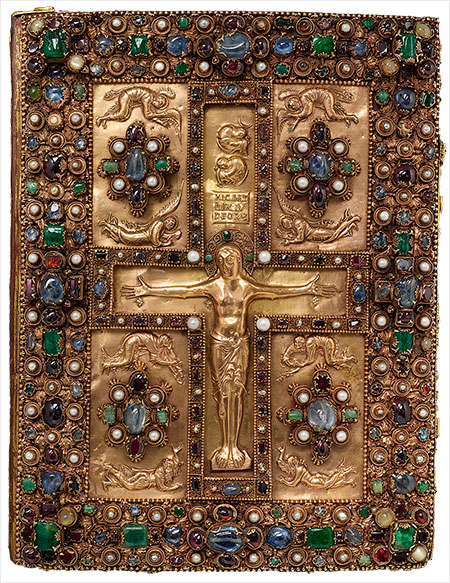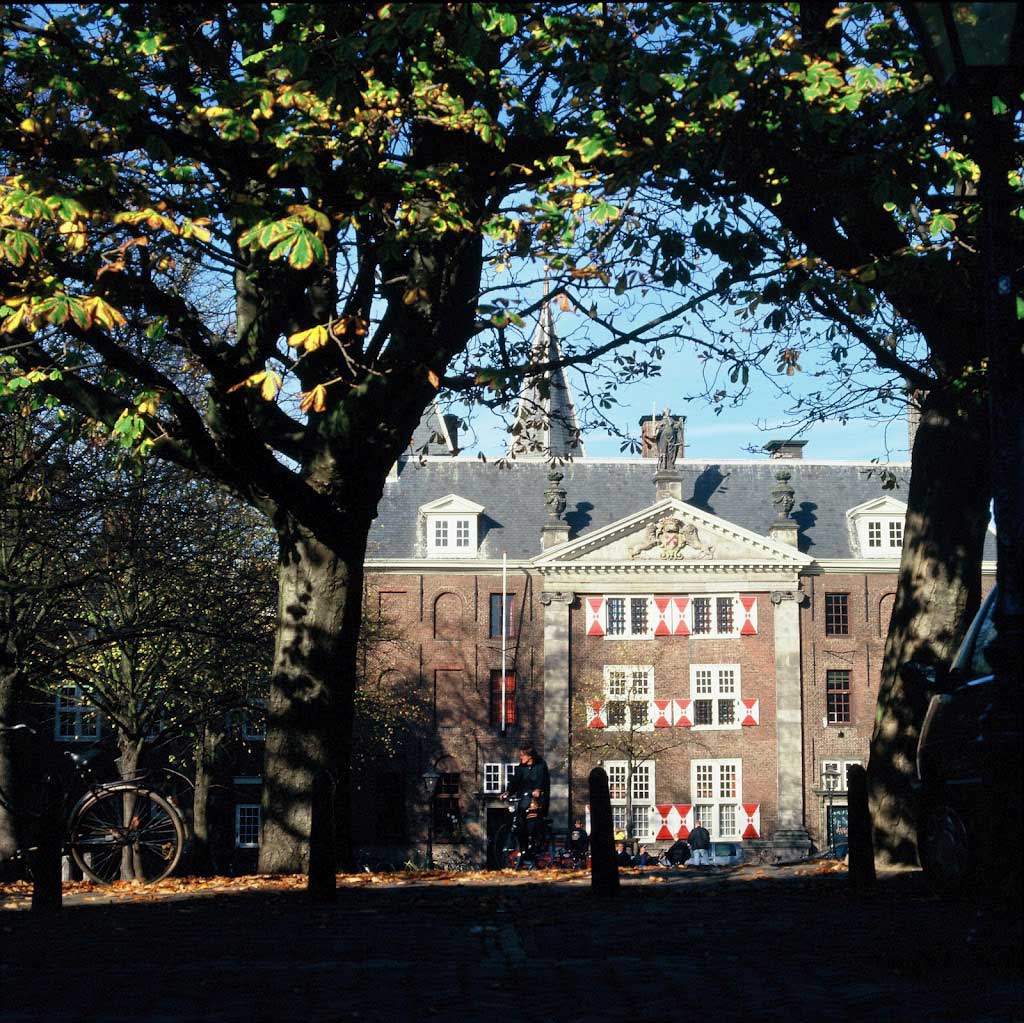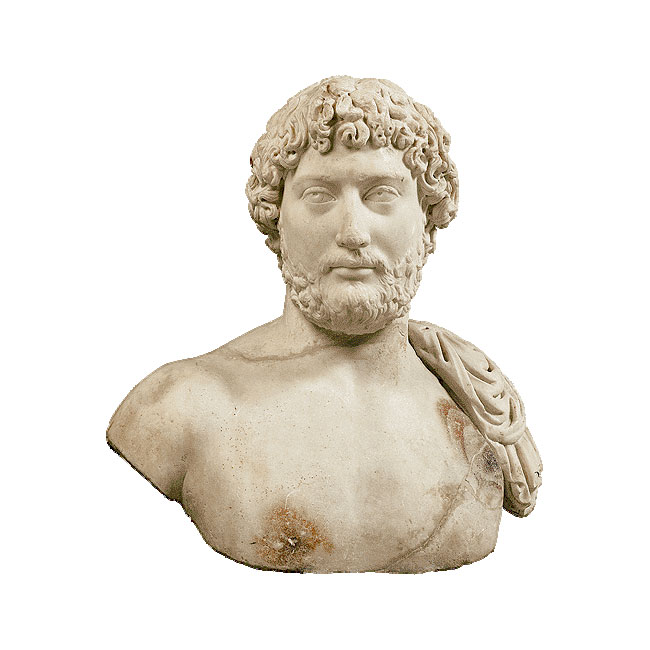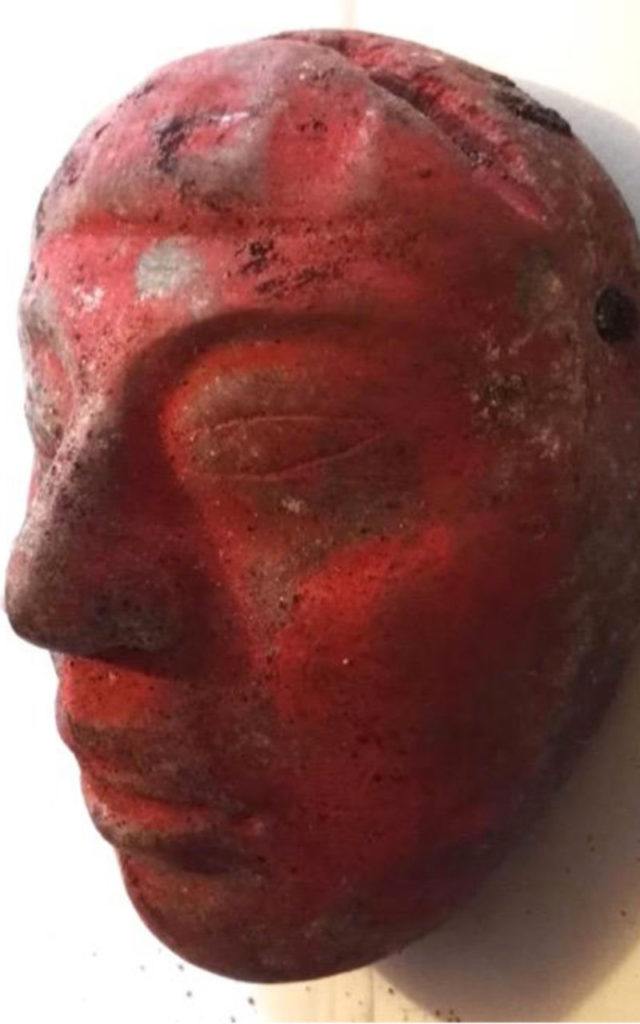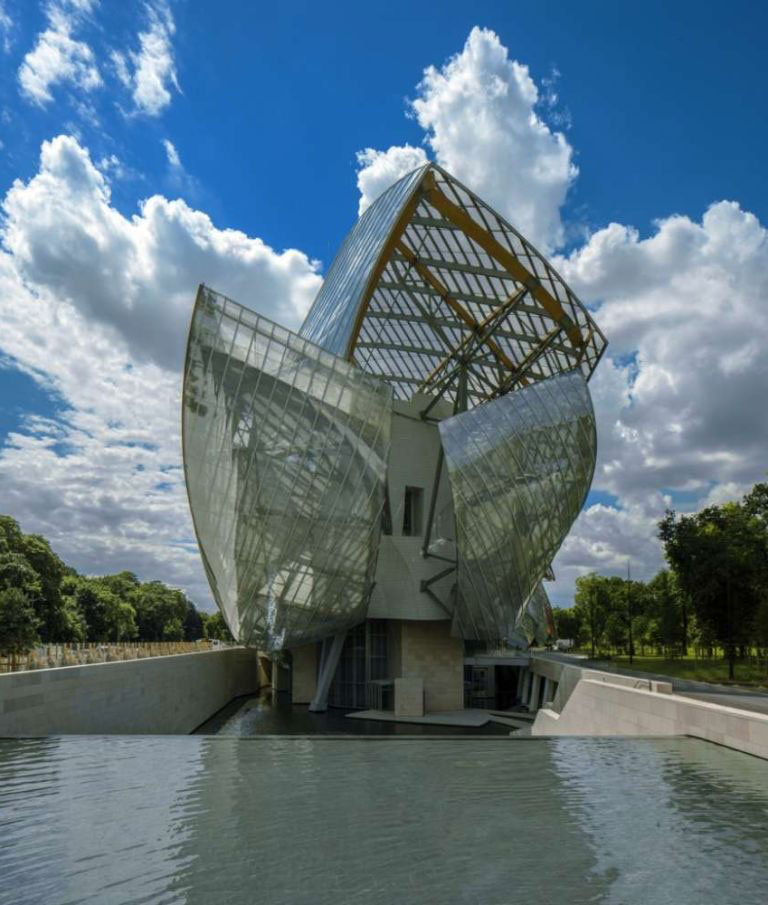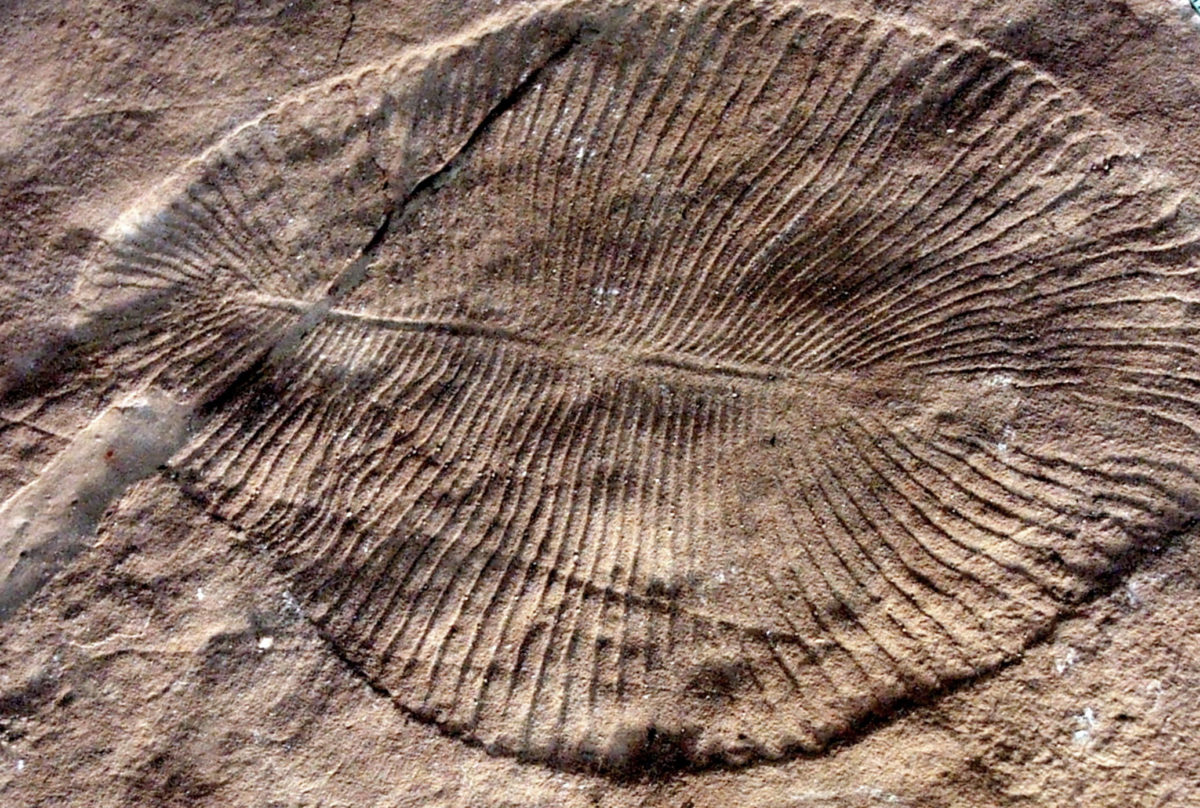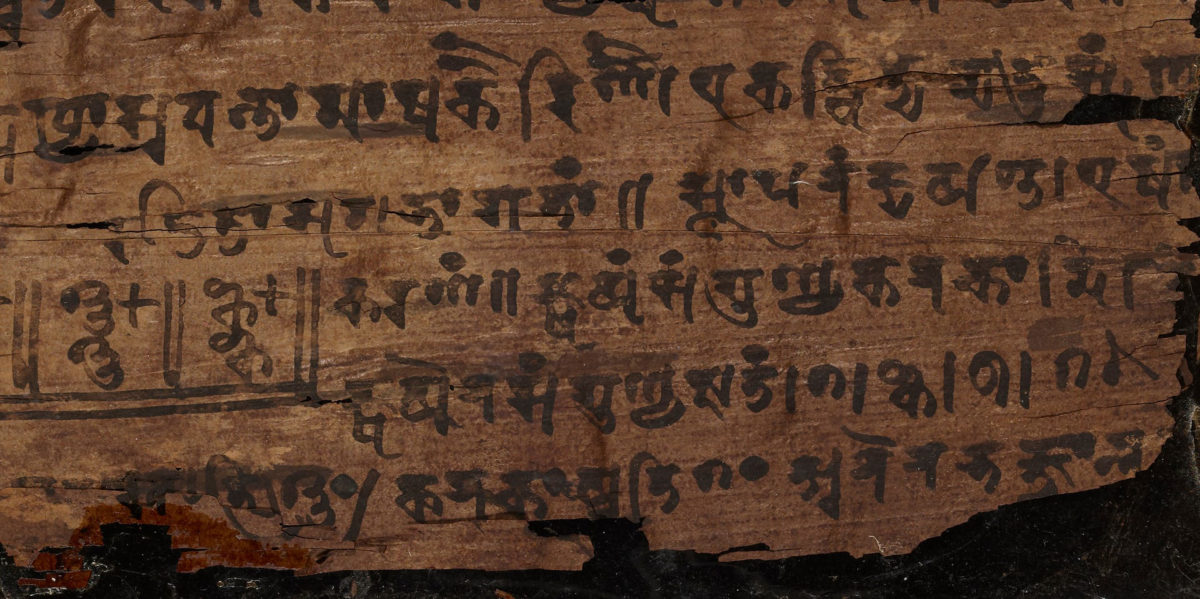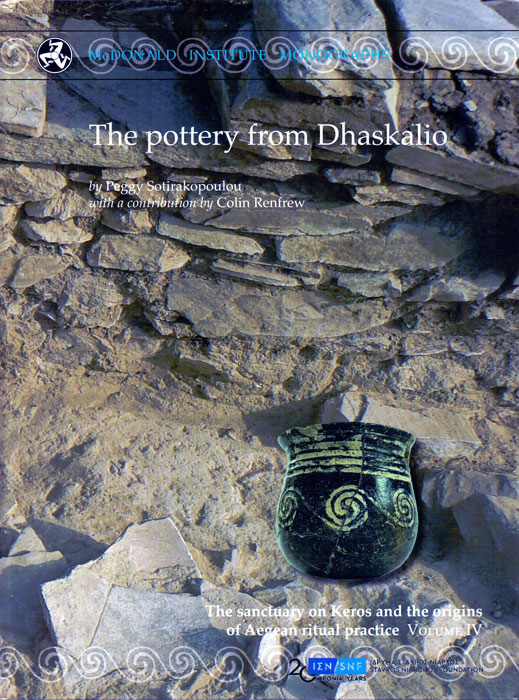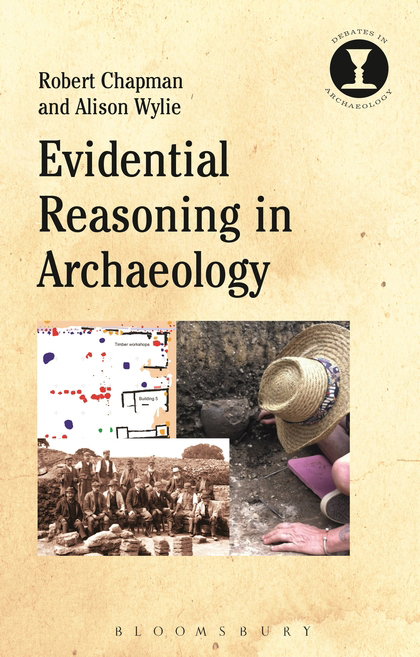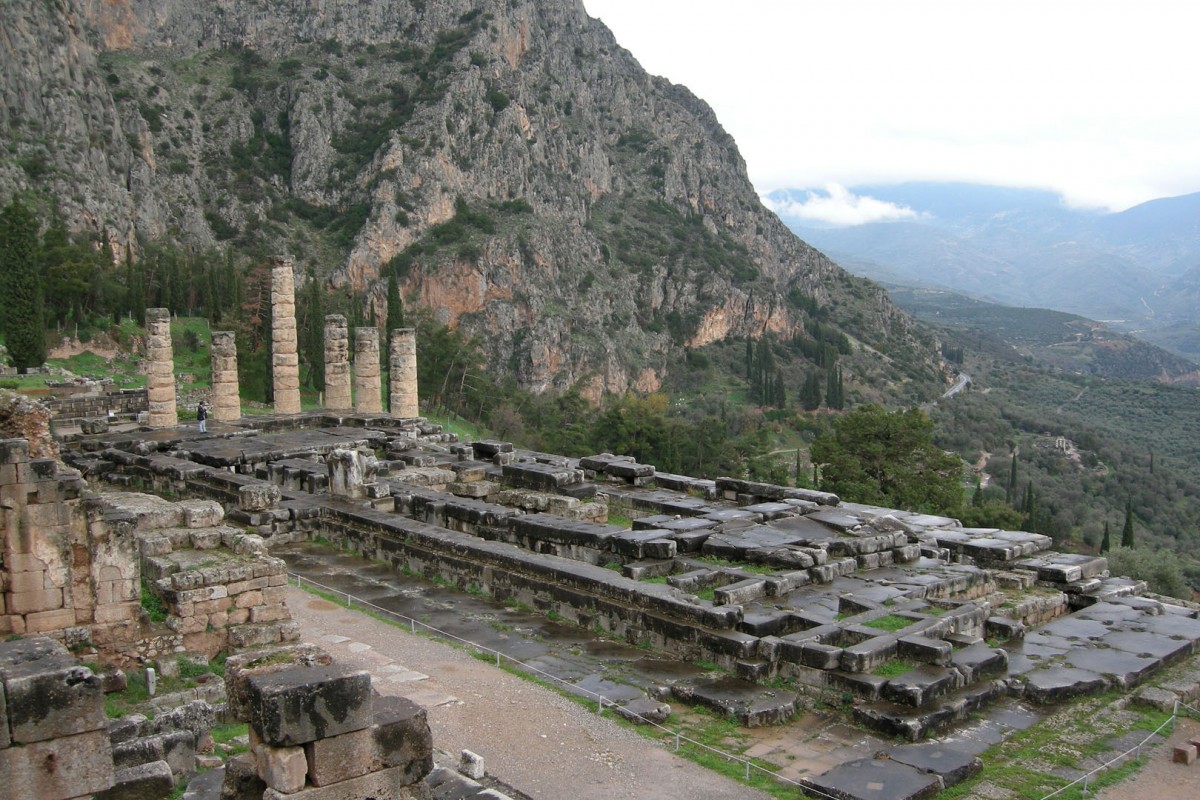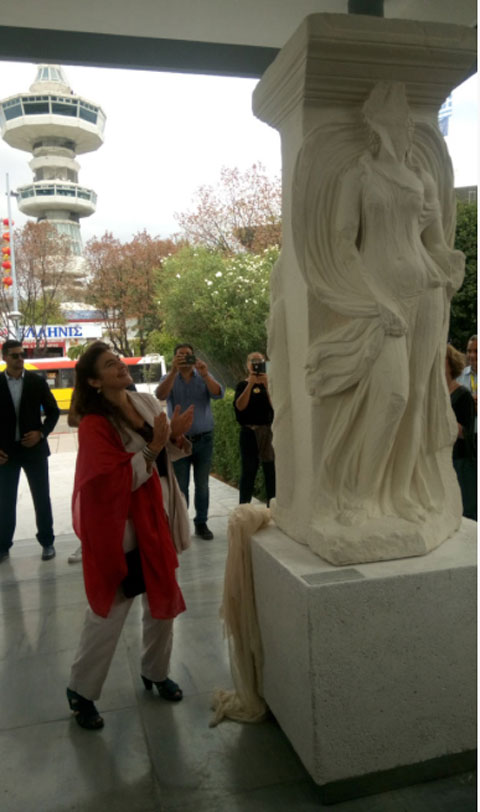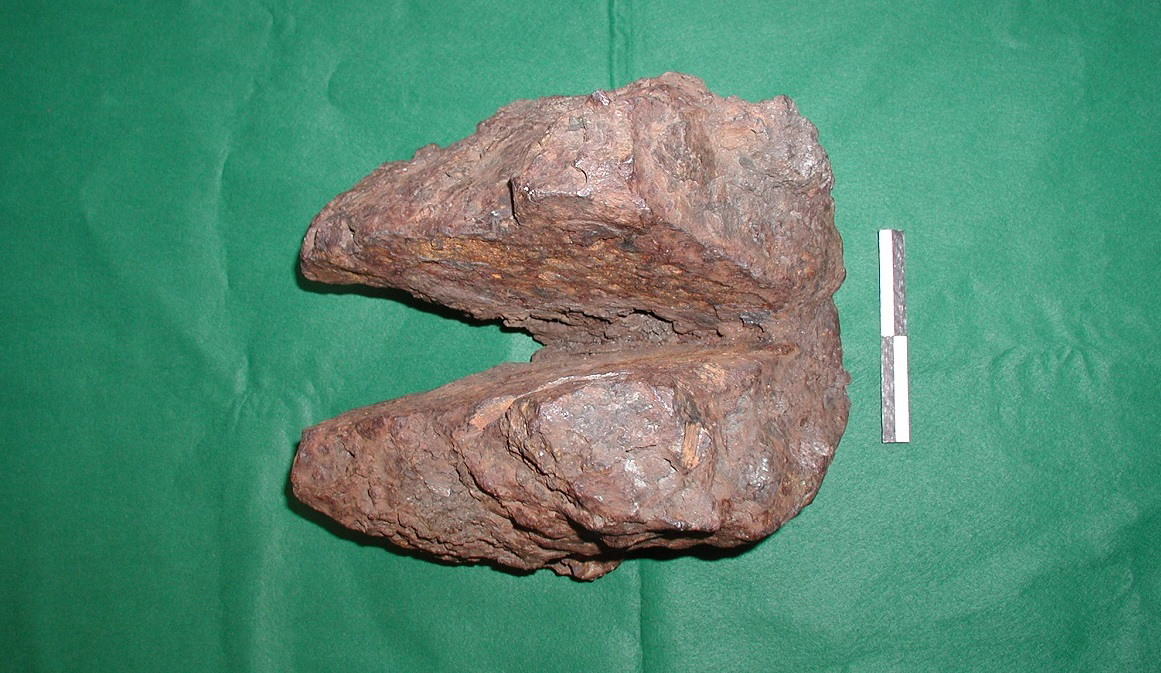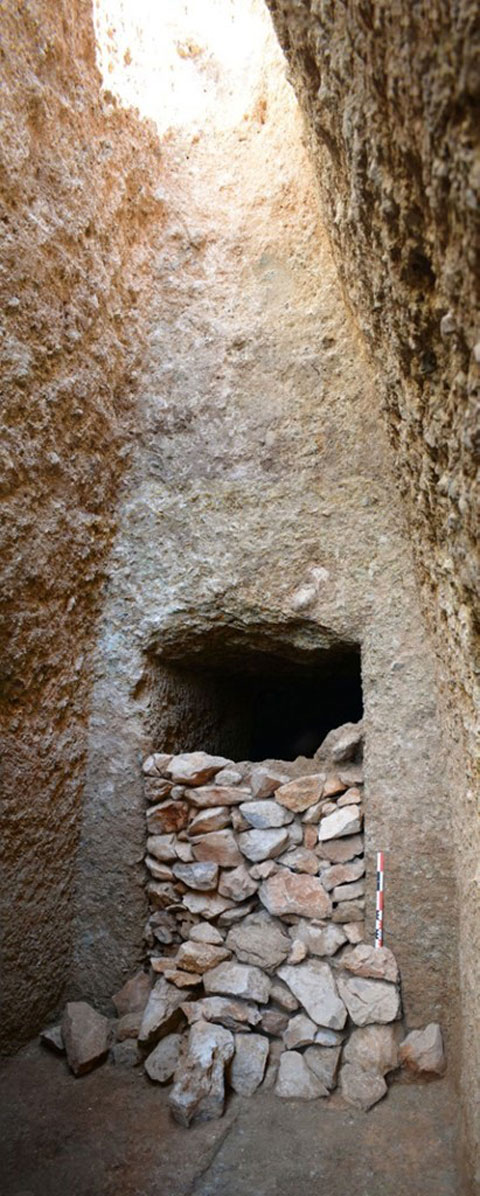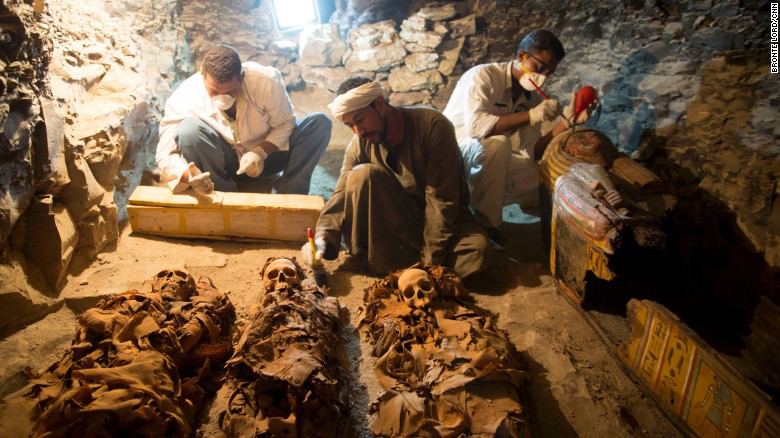Memorandum of Cooperation between Greece and Italy for the protection of cultural goods
As mentioned in the announcement by the Ministry of Culture and Sports, this move strengthens the already very good collaboration between two countries with a significant cultural past in their fight against the illicit trafficking of antiquities.
Digital Archaeology? Greece on Focus
Α survey of digital tools and methods used so far in order to catalogue and to open up Hellenic artefacts for researchers and citizens alike.
Celebrity fossil reveals all for science
A geology professor at Lund University in Sweden has figuratively speaking breathed life into one of science’s most well-known fossil species; Agnostus pisiformis.
Magnificent Gems: Medieval Treasure Bindings
The Morgan Library presents Medieval treasure bindings in context for the first time.
Nine positions at Dutch universities
Four PhD and five postdoc positions at five universities in the Netherlands that participate in the research programme Anchoring Innovation.
The Emperor Hadrian and the intellectual life in Athens of his time
The occasion for its organization is the 1900th anniversary of the Roman Emperor’s ascension to the throne.
New Peruvian whale fossil discovery sheds light on whale lineages
A new study led by a Monash biologist has provided fresh information on the origin of one of the major baleen whale lineages, which helps to connect living whales with their deep evolutionary past.
Tomb of early classic Maya ruler found in Guatemala
The tomb of a Maya ruler excavated this summer at the Classic Maya city of Waka’ in northern Guatemala is the oldest royal tomb yet to be discovered at the site.
Masterpieces from the MoMA at the Paris Louis Vuitton Foundation
More than 200 works from modern art collections will be on show from October 11 2017 to March 5 2018, under Frank Gehry’s stunning glass ‟ sails”.
‘Mysterious’ ancient creature was definitely an animal, research confirms
It lived well over 550 million years ago, is known only through fossils and has variously been described as looking a bit like a jellyfish, a worm, a fungus and lichen...
Earliest recorded use of zero is centuries older than first thought
The concept and associated value of the mathematical symbol ‘zero’ is used the world over as a fundamental numerical pillar. However, its origin has until now been one of the field’s greatest conundrums.
The Athens and Macedonian News Agency at Ambelakia Bay
A discovery has been made of the military port where the Greek navy gathered on the eve of the Battle of Salamis.
The Pottery from Dhaskalio
This volume treats in detail the pottery from the settlement on the islet of Dhaskalio.
Birds’ unique skulls linked to young dinosaur brains
Bird skulls and brains look like those of young dinosaurs, providing clues to their unique evolution and modern success.
Colin Renfrew: “The museums of the world should not purchase ‘illegal’ antiquities”
Lord Andrew Colin Renfrew talks to Eleni Markou. He is currently in Greece to continue the excavations he is jointly heading on Keros, the most ancient island sanctuary in the world.
Evidential Reasoning in Archaeology
How do archaeologists work with the data they identify as a record of the cultural past? How are these data collected and construed as evidence?
Why your ancestors would have aced the long jump
A 52-million-year-old ankle fossil suggests our prehuman ancestors were high-flying acrobats.
Earthquake faults may have played key role in shaping the culture of ancient Greece
The Ancient Greeks may have built sacred or treasured sites deliberately on land previously affected by earthquake activity.
“Las Incantadas/ The Enchanted Ones”: Opening of the exhibition of their replicas
In the portico of the Archaeological Museum of Thessaloniki, the city’s residents and its visitors will finally be able to admire the exact replicas of the Incantadas or the Enchanted Ones.
Solving the enigma of early Norwegian iron production
Ancient Norwegians made top-quality iron. But where did the knowledge to make this iron come from?
A significant archaeological discovery was made near Orchomenos of Boeotia
One of the biggest rock-cut Mycenaean tombs ever found in Greece came to light in Prosilio (Municipality of Livadeon), near Orchomenos.
Exquisite collection of Roman cavalry finds
Swords, arrow heads and ballista bolts amongst a cache of artefacts discovered during cavalry barrack excavations at Roman Vindolanda.
Restoration of UNESCO’s temple-monument
The ancient wooden temple of Foguang suffered structural damages from a leak in its roof due to constant rainfall.
Newly unearthed ancient tomb with mummies unveiled in Egypt
Minister of Antiquities, Dr. Khaled El-Enany announced the discovery of a New Kingdom tomb that belongs to god Amun’s Goldsmith, Amenemhat.

